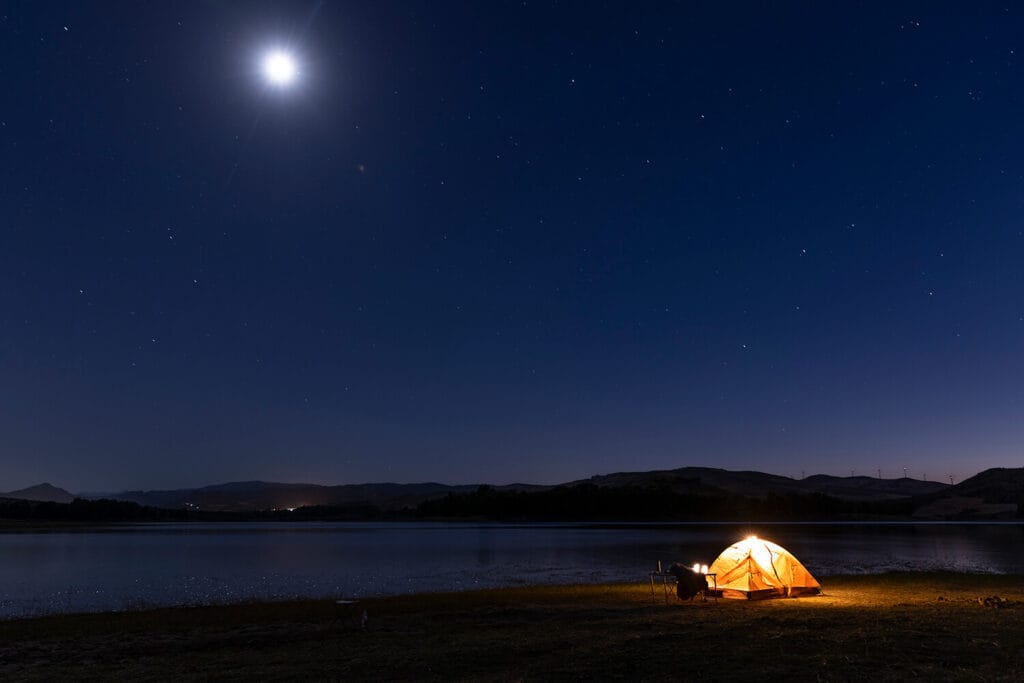
Stargazing Road Trips Midland – Best Dark Sky Escapes
When the city lights fade in your rearview mirror and the sky above turns into a canvas of stars, you
Home » Stargazing Spots
When the sun sets and the stars take over, Texas becomes a whole new kind of road trip destination. With wide-open skies, low light pollution, and remote locations perfect for quiet reflection, stargazing road trips offer a peaceful, awe-inspiring escape. Whether you’re watching the Milky Way from the desert, spotting constellations at a dark sky park, or catching a meteor shower from a hilltop, the journey to Texas’s best stargazing spots is as magical as the view above. Our guides help you plan scenic drives, overnight stays, and night-sky adventures that will leave you looking up in wonder.

When the city lights fade in your rearview mirror and the sky above turns into a canvas of stars, you
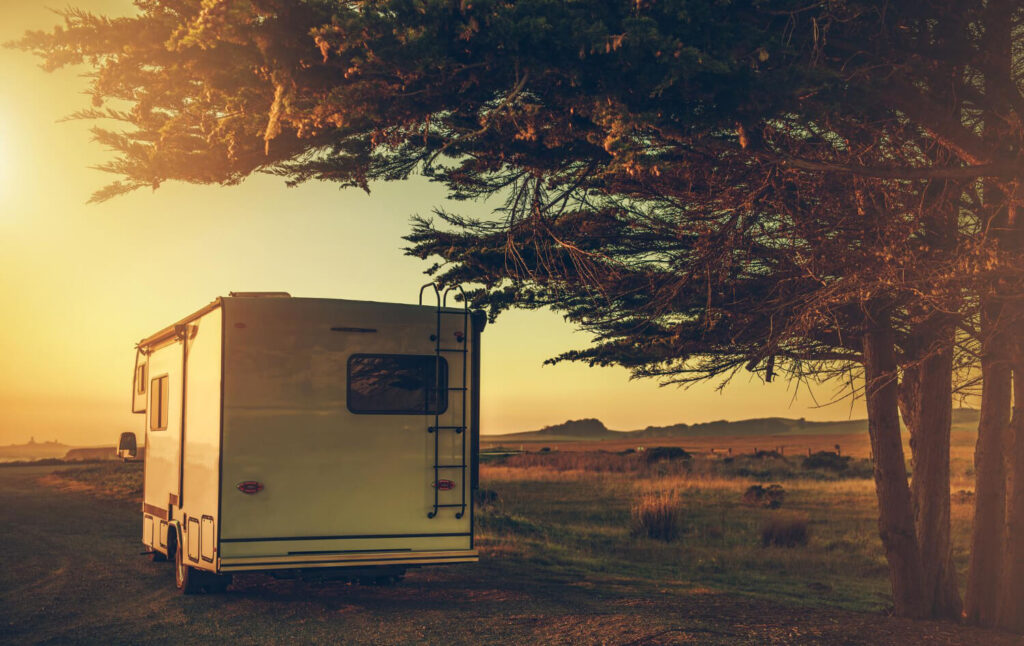
If wide skies, starlit nights, and the peaceful solitude of the desert call your name, then a camping road trip
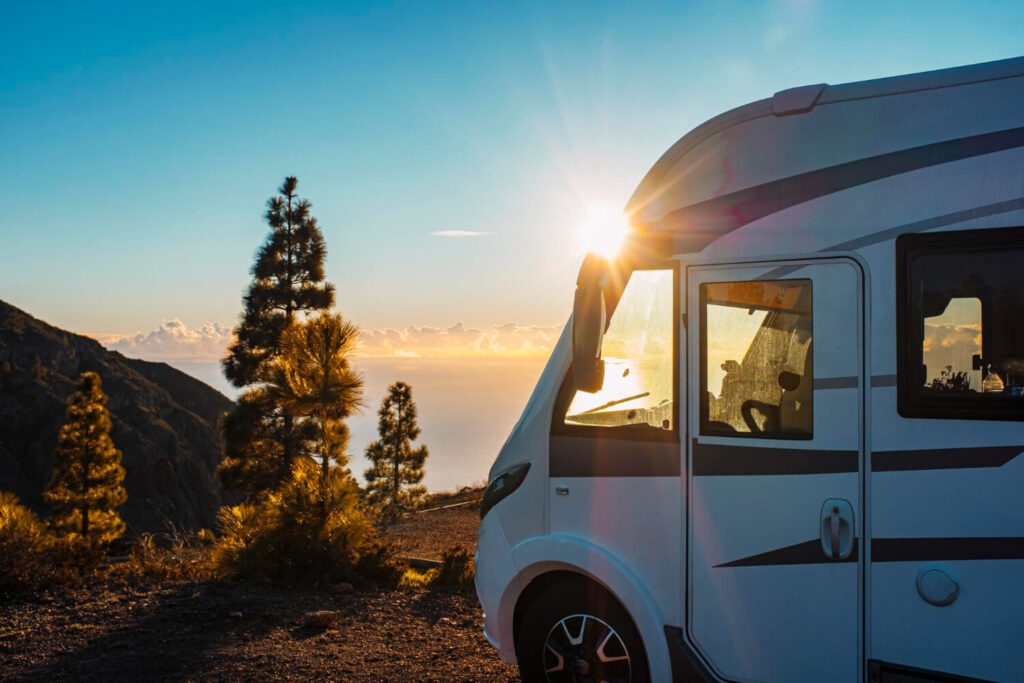
Looking for a peaceful nature escape that doesn’t require a long drive? A camping or RV trip near Round Rock,

Few natural wonders capture the imagination like the legendary Marfa Lights. These eerie, floating orbs have danced across the desert
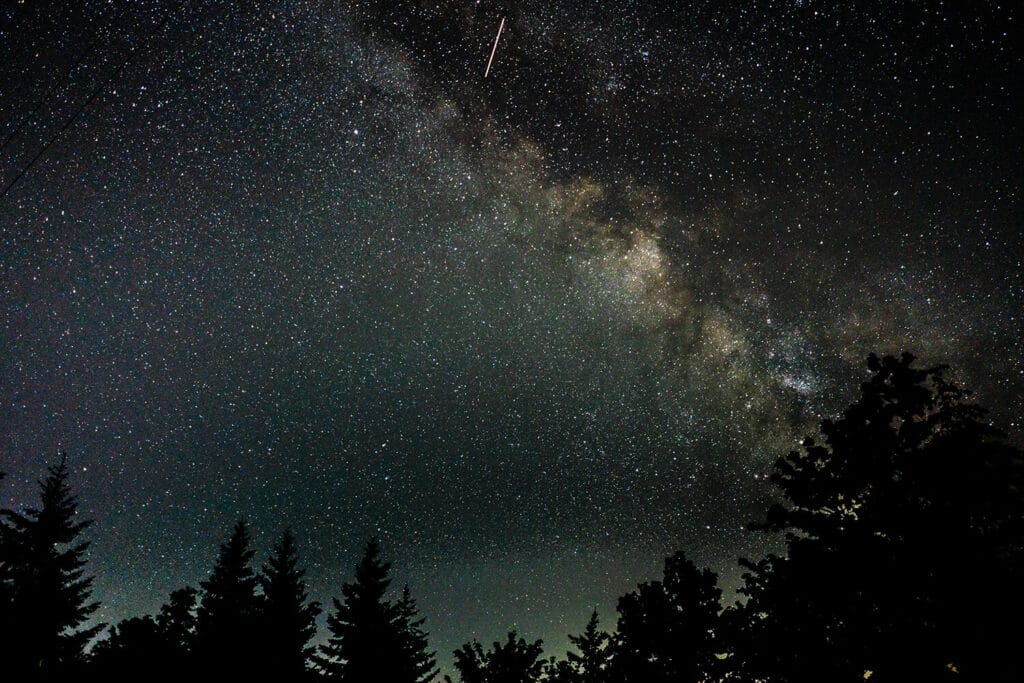
Imagine lying beneath a sky so dark and vast, the Milky Way shines like a river of diamonds overhead. On
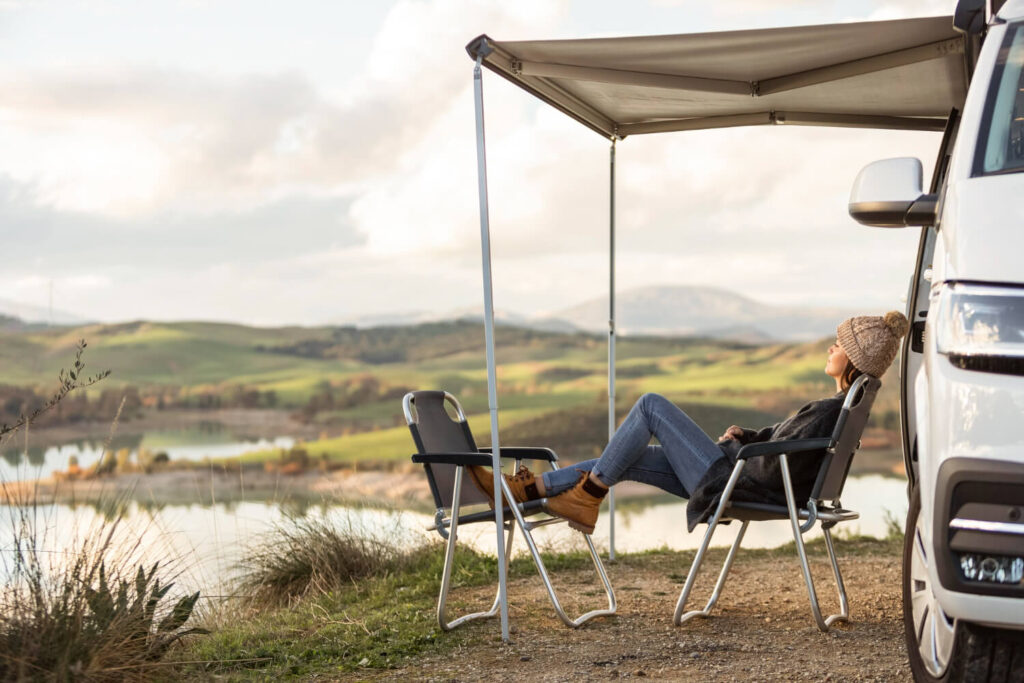
Nothing complements a West Texas road trip quite like sleeping under the stars. If you’re headed into the desert for
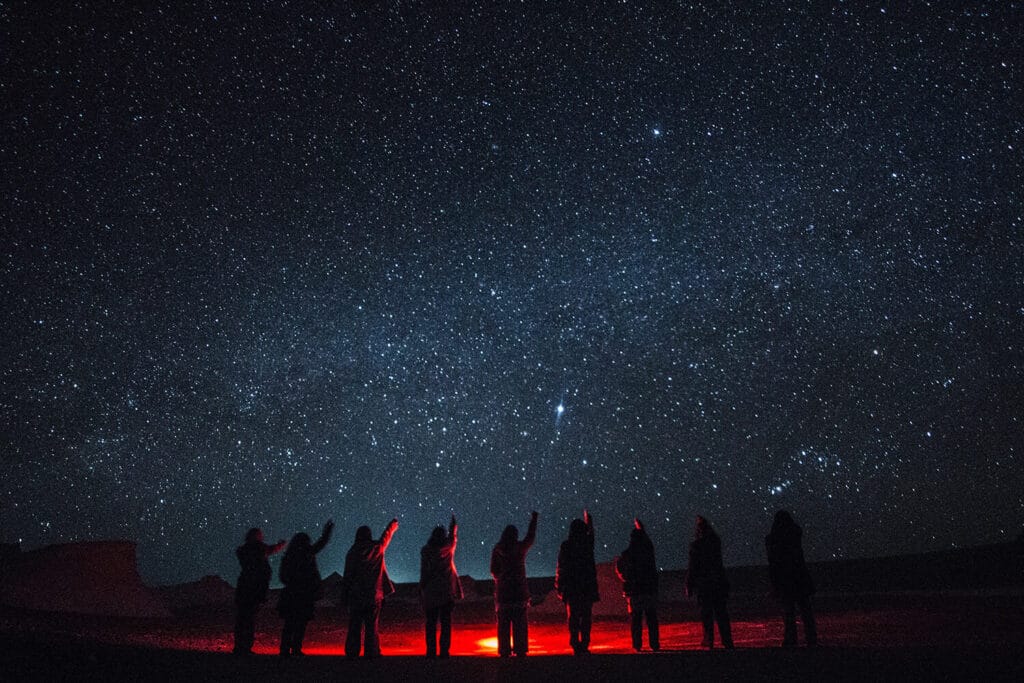
When the sun sets over the desert and city lights fade into the distance, the real show begins. El Paso
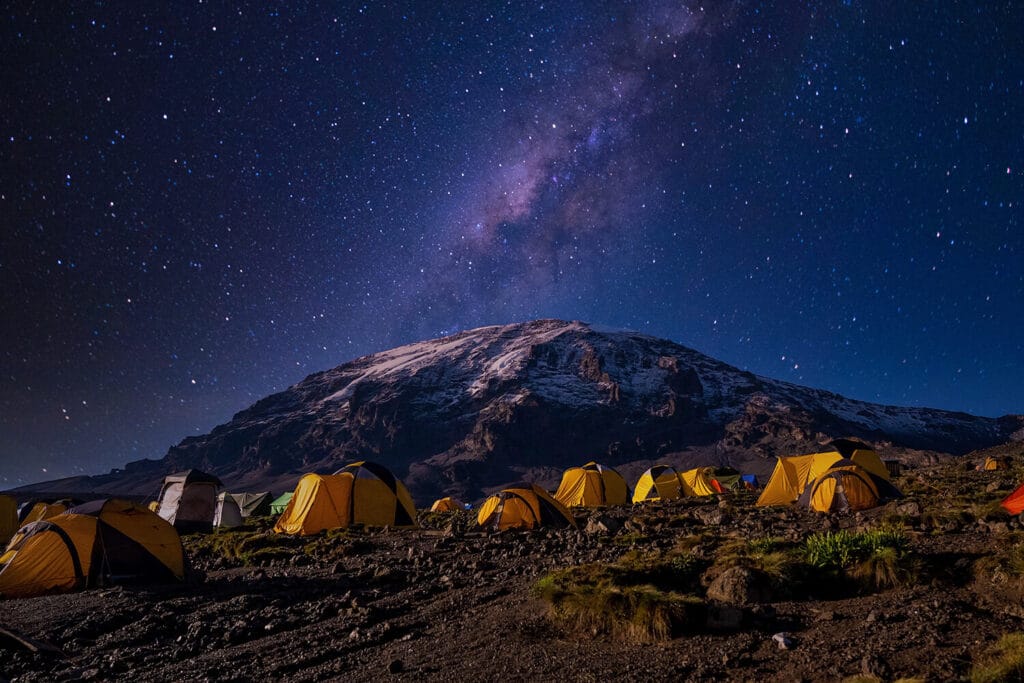
For those who find magic in the stars, a road trip under the Texas sky is more than just travel—it’s
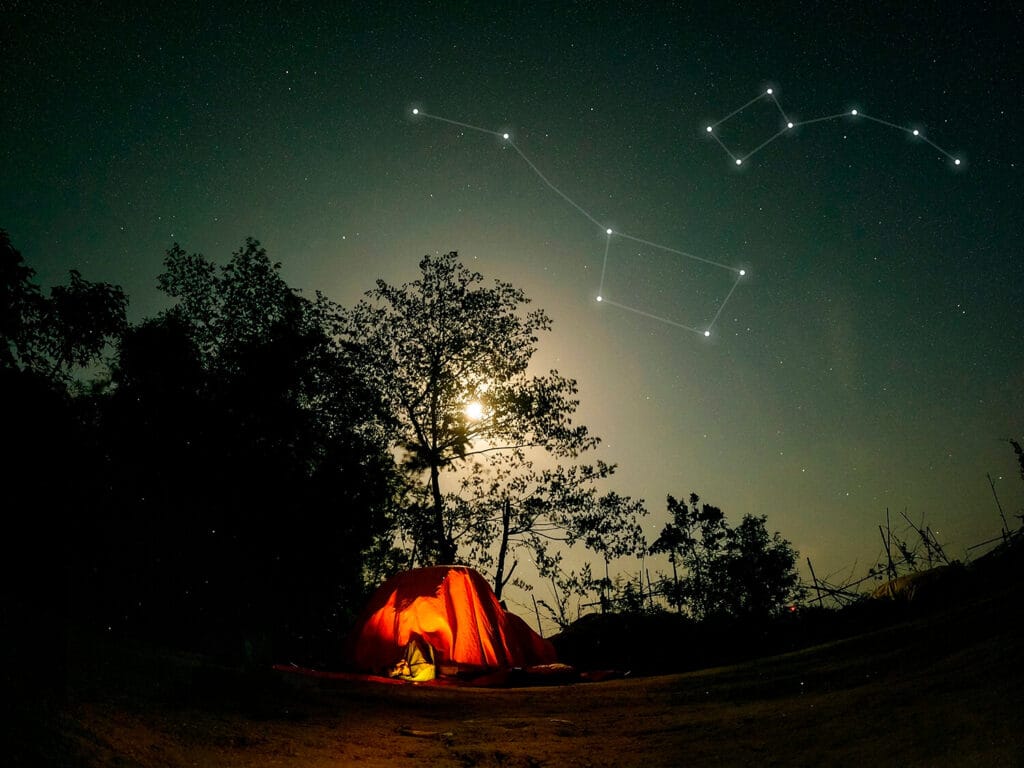
When the sun sets over the wide West Texas plains, Amarillo transforms into one of the best places in the
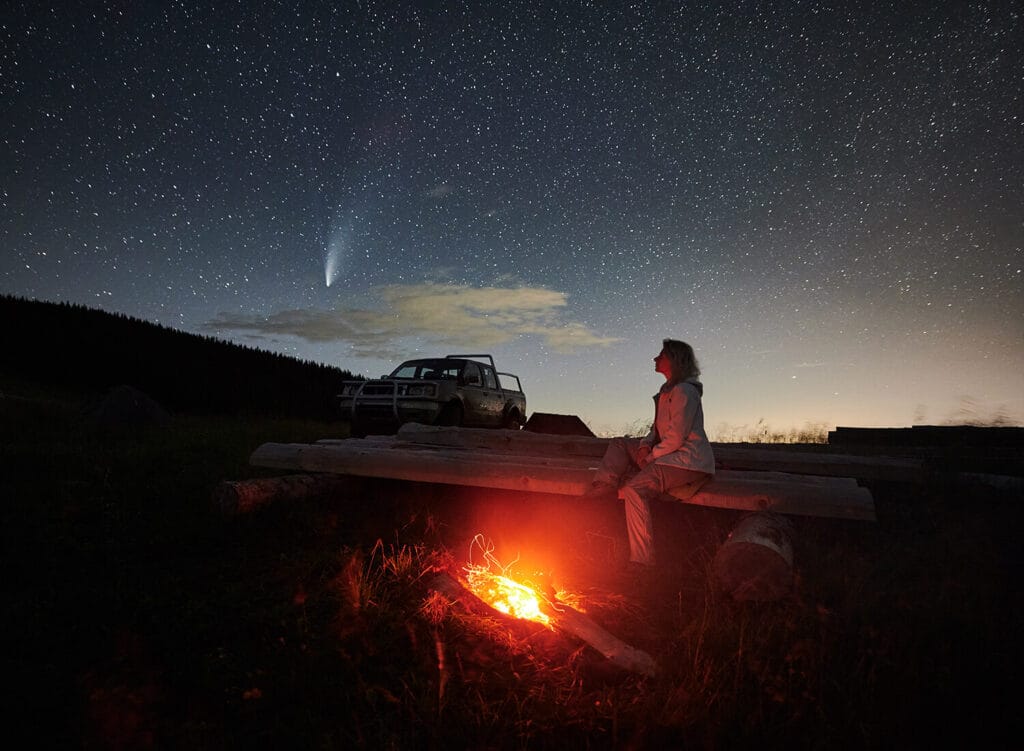
Sometimes, the best road trips begin after sunset. If you’re looking to escape city lights and reconnect with the cosmos,
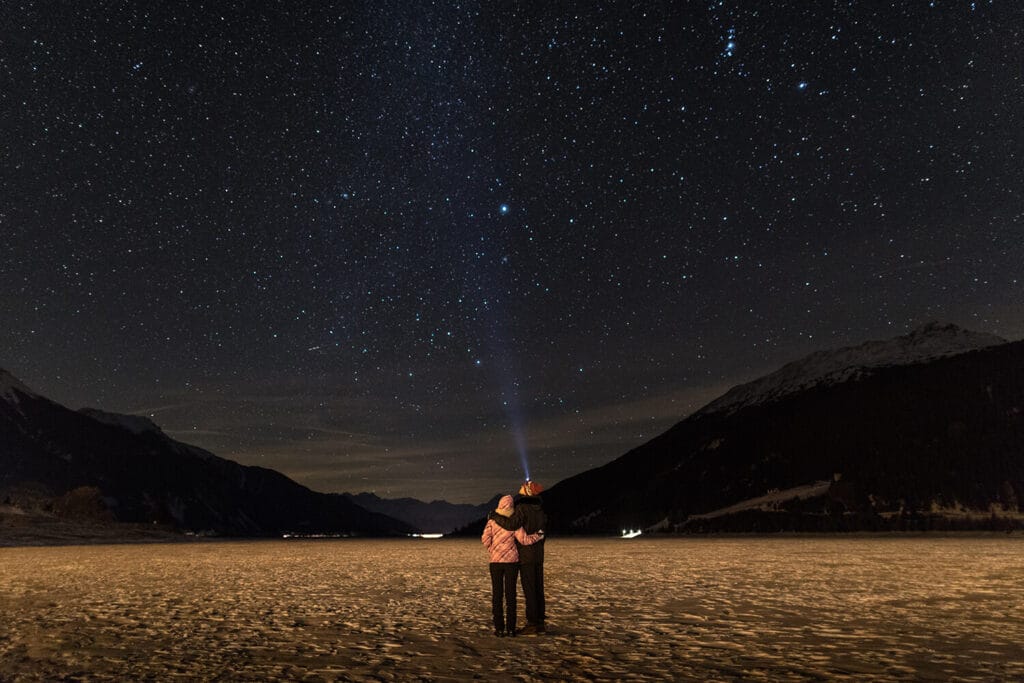
Sometimes the best adventures begin after the sun goes down. If you’ve ever looked up from Austin’s city lights and

Houston’s bright city lights have their charm—but for night sky lovers, true beauty lies just beyond the glare. If you’re

In Dallas, the city’s bright skyline may dazzle, but it also drowns out one of nature’s most beautiful displays —

When it comes to combining the thrill of the open road with the peace of the great outdoors, few places
Top stargazing destinations include Big Bend National Park and its nearby state park (both International Dark Sky Parks), McDonald Observatory in Fort Davis, and Enchanted Rock Natural Area near Fredericksburg. Other great spots include South Llano River State Park, Copper Breaks State Park, and remote West Texas highways. Our road trip guides connect these locations with scenic routes, lodging options, and local stops to build a memorable, starry-eyed journey.
Absolutely. Roads like FM 170 (River Road), the Davis Mountains Scenic Loop, and stretches of US 90 offer dramatic landscapes by day and star-studded skies by night. Many dark sky areas in Texas are reachable via beautiful, peaceful drives that make the entire experience feel otherworldly. Our scenic road trip plans help you arrive before sunset, enjoy golden-hour views, and stay parked long enough to watch the sky transform.
Yes — McDonald Observatory offers Star Parties and solar viewings, while some state parks host night sky programs and telescope viewings on select weekends. Astronomy clubs in cities like Austin and San Antonio also organize public viewing nights in nearby dark zones. Our stargazing road trip guides include event calendars, registration details, and tips for finding ranger-led or expert-hosted stargazing stops.
Late fall through early spring offers clear skies and crisp air ideal for stargazing. Summer brings longer days and warmer nights, great for camping beneath the stars. Meteor showers like the Perseids (August) and Geminids (December) are excellent times to plan your trip. Our seasonal road trip planners highlight the best months for visibility, sky events, and park access so your trip aligns with the cosmos.
Bring a blanket or reclining chair, red-light flashlight (to protect night vision), binoculars or a telescope (optional), and a stargazing app to help identify constellations. Pack warm layers, snacks, water, and a thermos — remote stargazing spots can get chilly and are often far from services. Our packing checklists make sure you’re prepared for a night under the stars without distractions or discomfort.
Yes! Kids love spotting constellations, shooting stars, and learning sky lore. Many state parks have Junior Ranger night sky programs or family-friendly astronomy nights. Choose locations with nearby restrooms, short walking trails, and camping or lodging options. Our family-focused stargazing road trip guides include educational tips, safe viewing areas, and ideas to keep younger travelers engaged and inspired.
Definitely. Many of the best stargazing locations in Texas are near campgrounds, glamping domes, or rustic cabins. Options range from primitive desert campsites in Big Bend to luxury safari tents near Marfa and treehouse rentals in Hill Country. Our lodging and camping guides for stargazing road trips include dark-sky–friendly accommodations with fire rings, clear views, and cozy settings for couples, families, or solo travelers seeking a night under the stars.
Filter by city, theme, or trip length. Your perfect journey starts here.